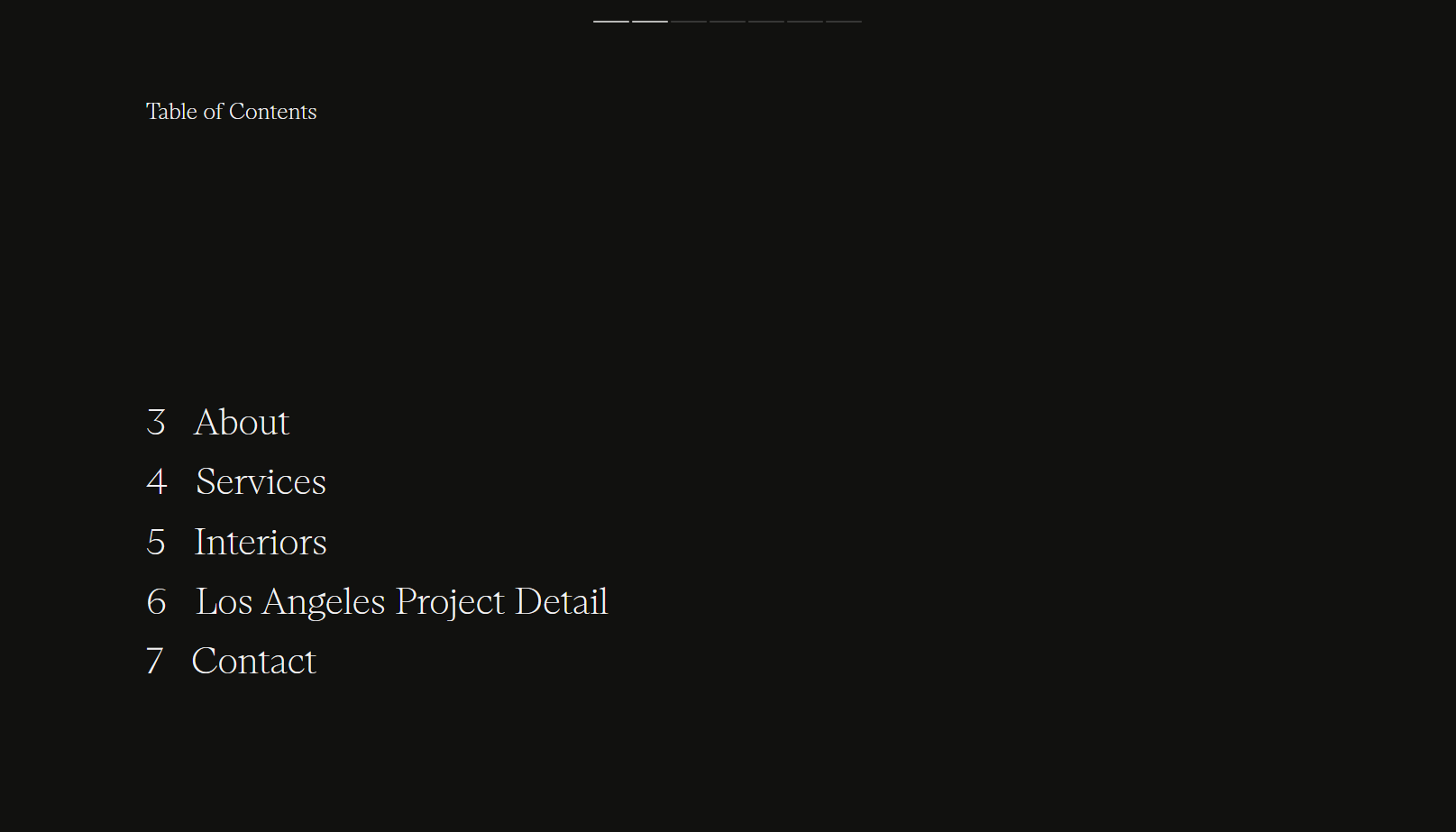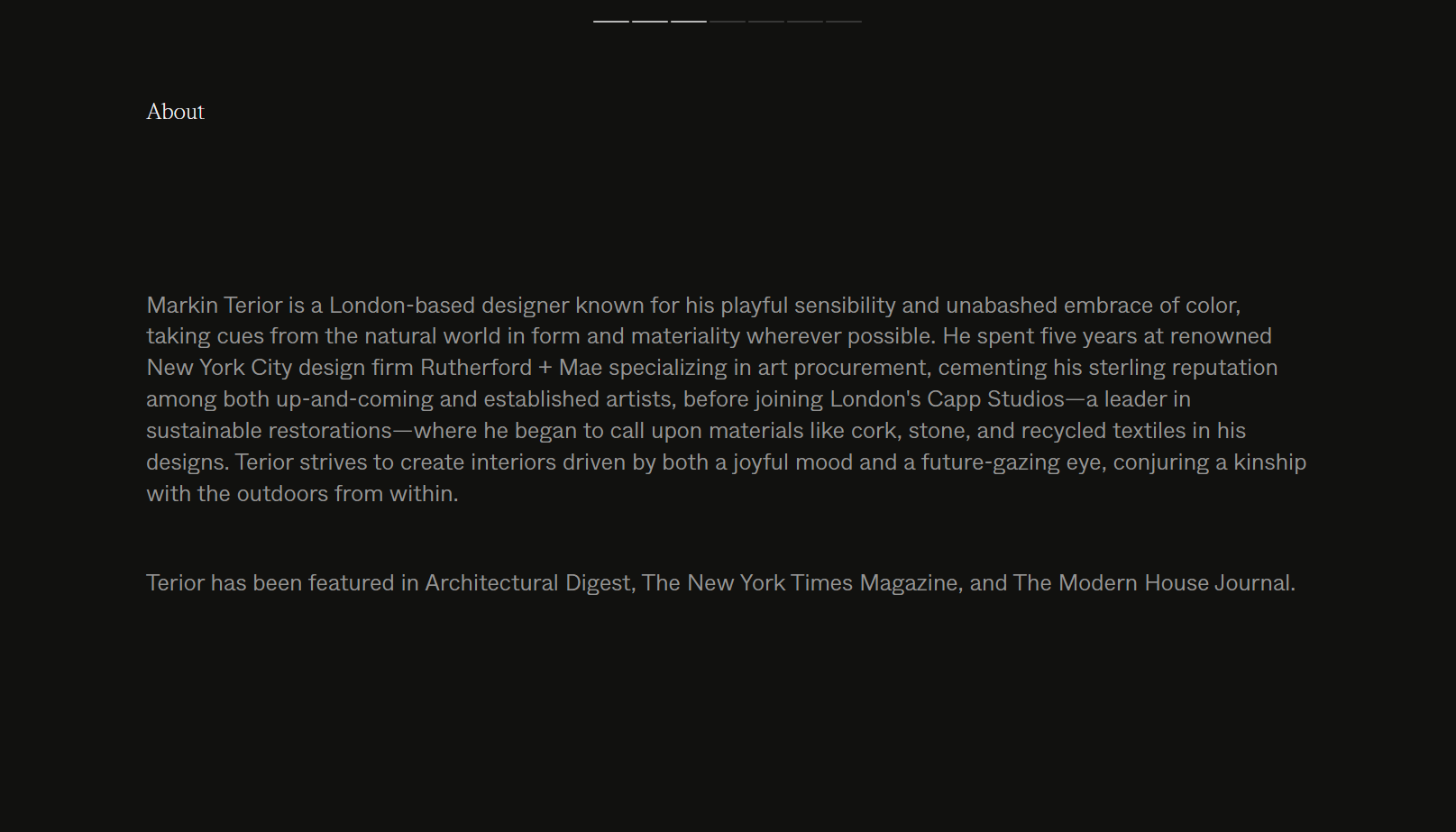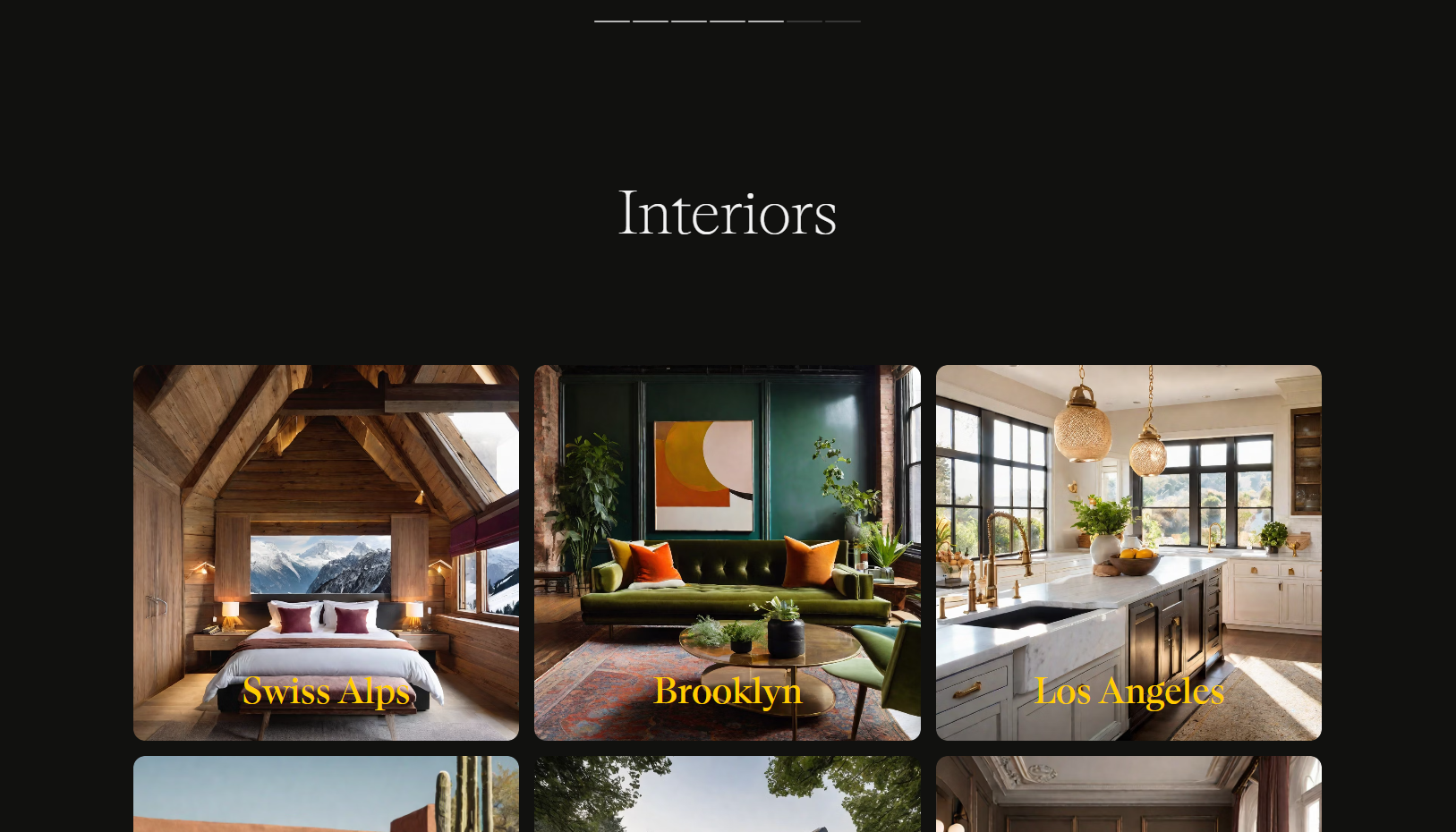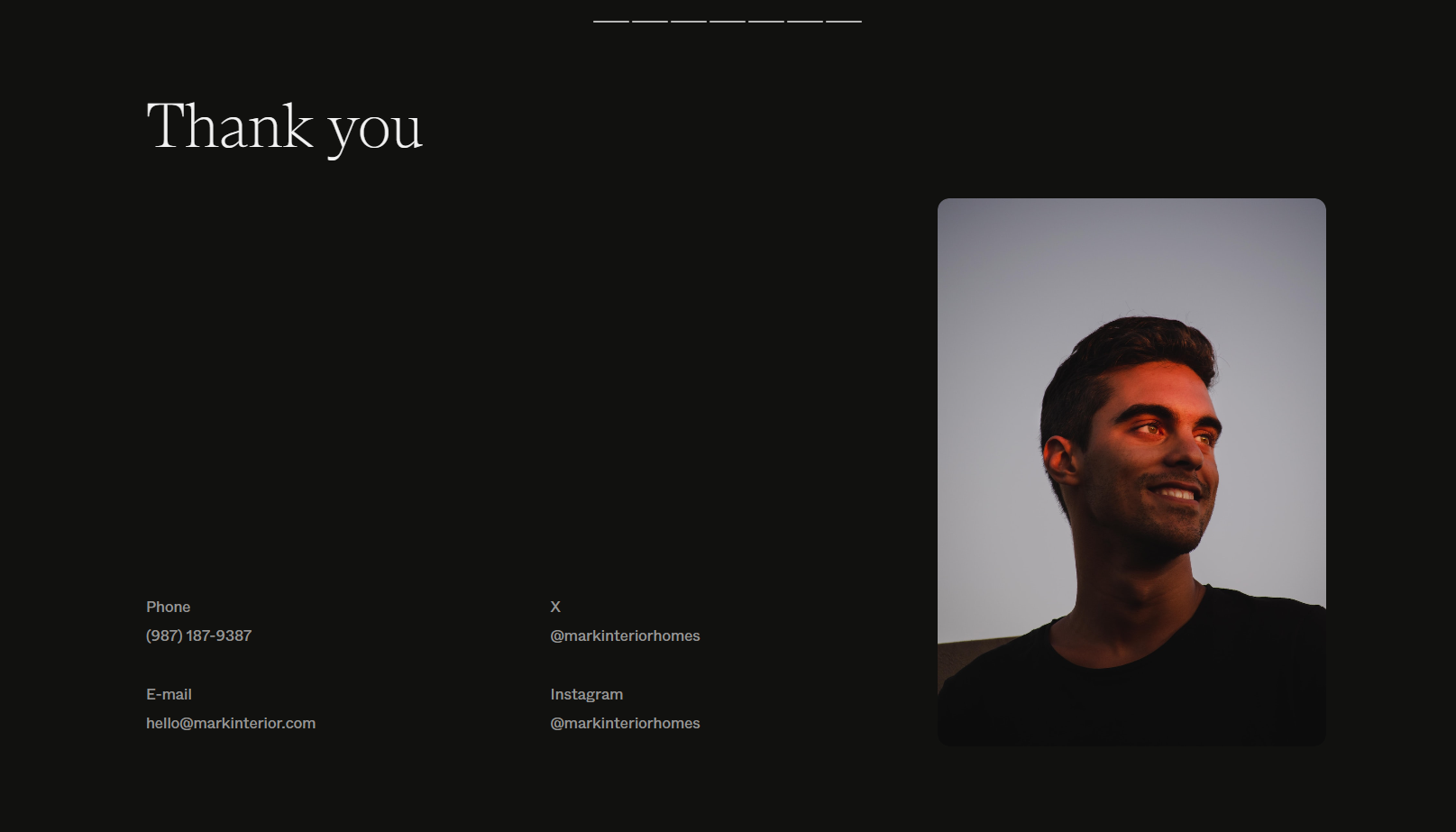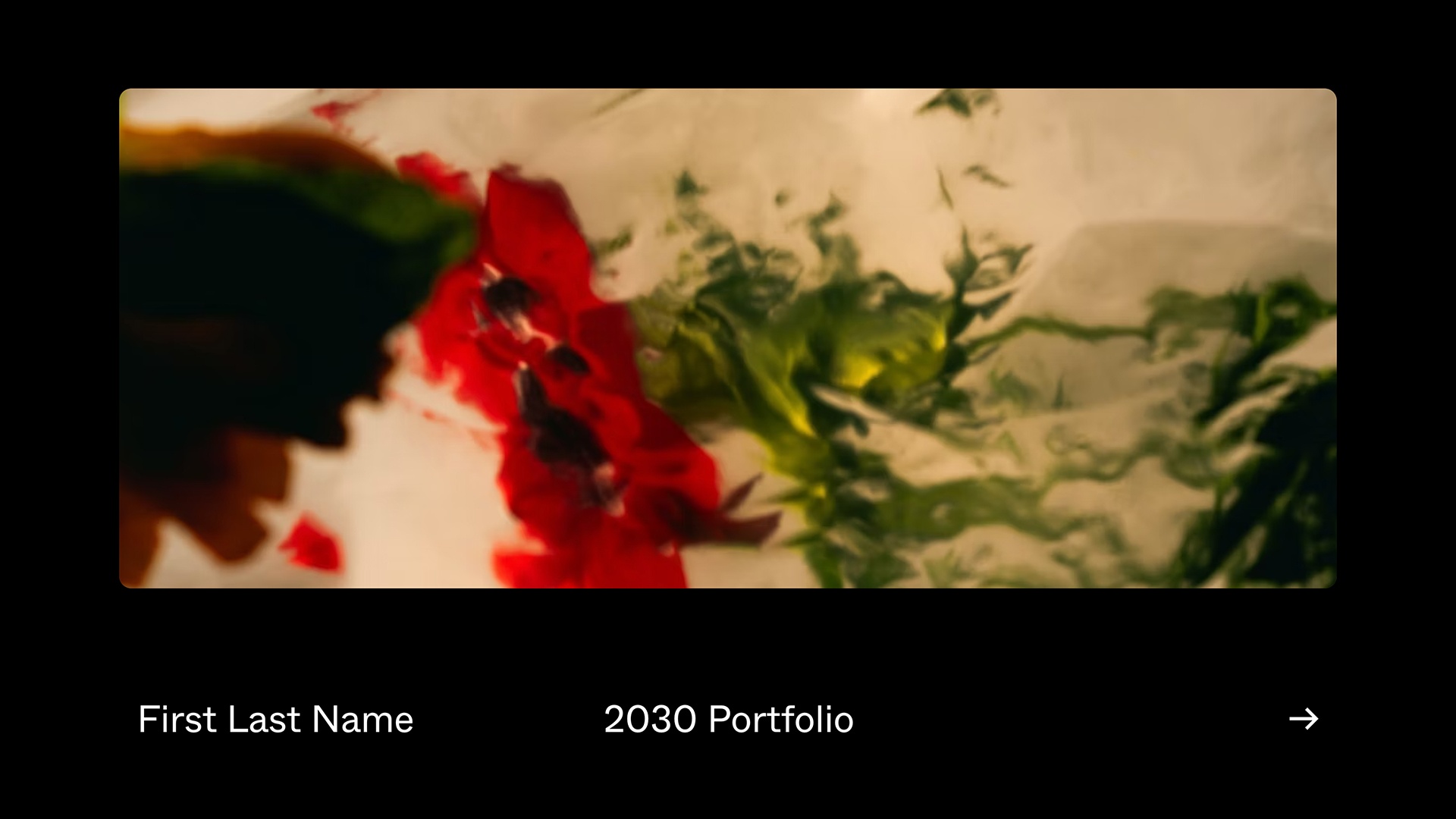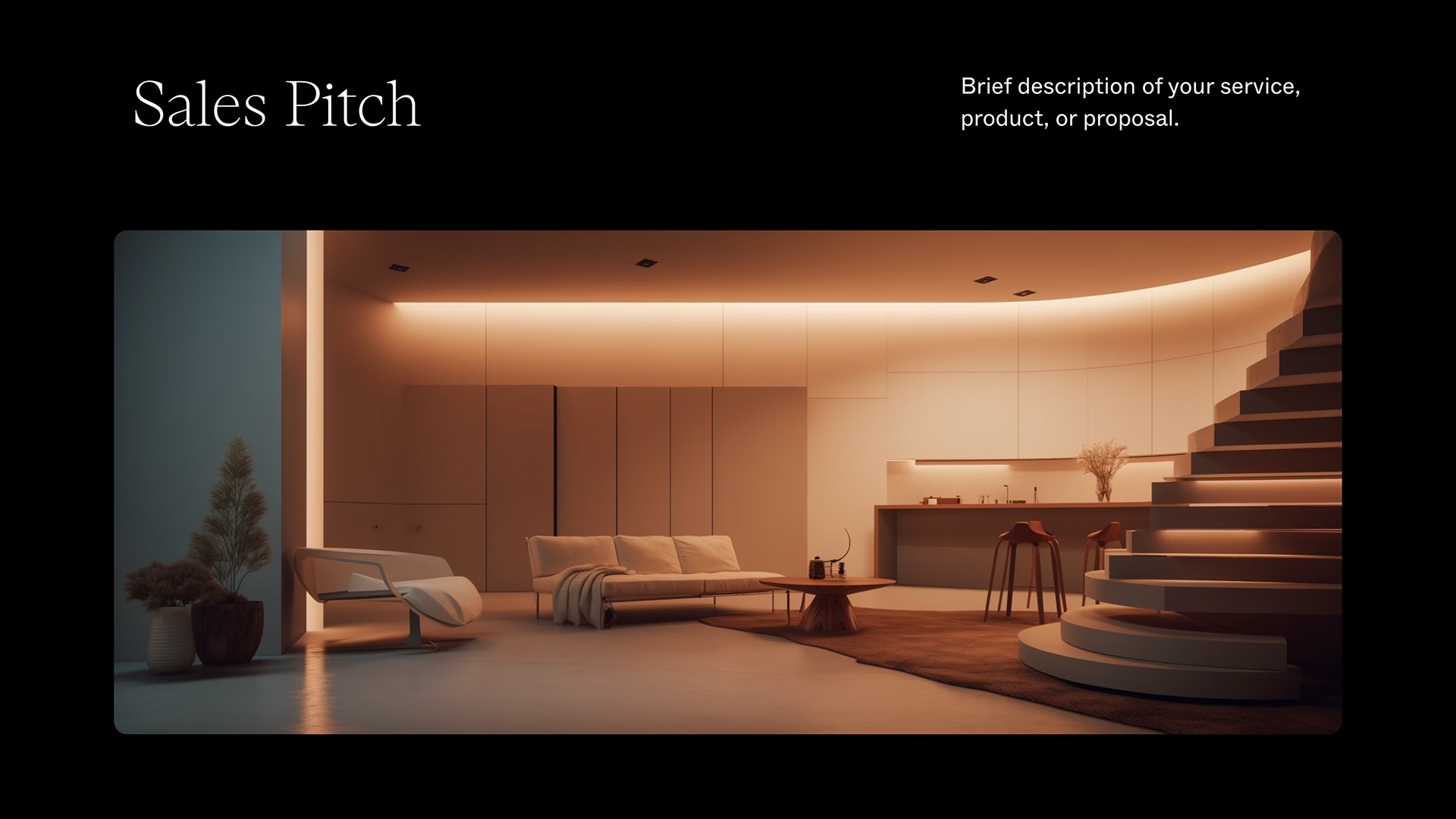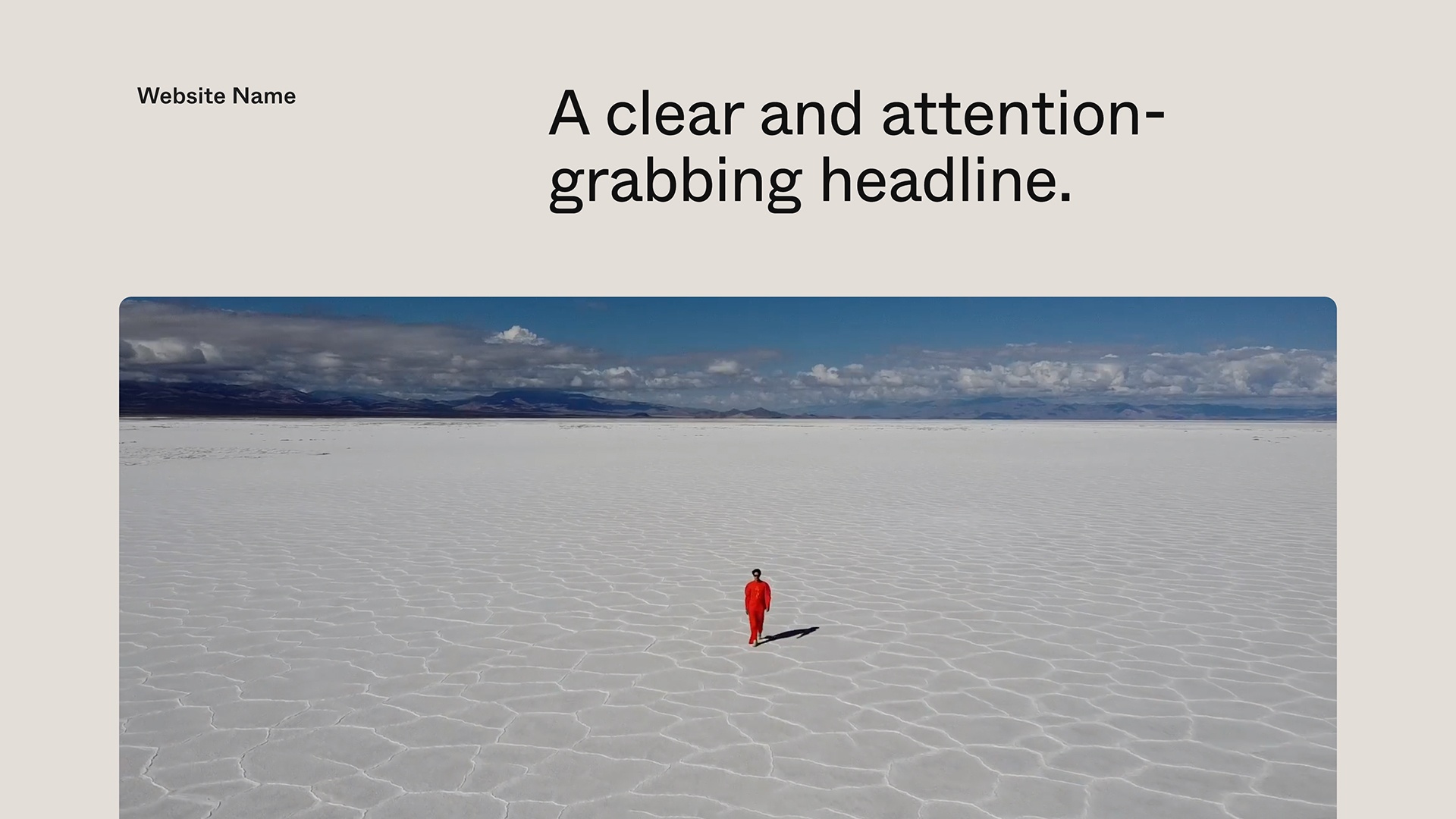Tips of the trade
How to Create an Eye-Catching Interior Design Portfolio
Your portfolio should communicate your unique point of view as an interior designer through past work and insights into your process.

You know the lovely fugue state we all enter while scrolling through real estate listings or design reels on Instagram? Leave it to the endlessly-articulate Rebecca Solnit to so neatly capture the machinations behind it.
“Admiring houses from the outside is often about imagining entering them,” she writes in Inside Out, or Interior Space, an essay from her collection The Encyclopedia of Trouble and Spaciousness, “living in them, having a calmer, more harmonious, deeper life.”
Images, particularly of interiors, have the ability to catapult us into spaces; your design portfolio, done right, can be one such portal into your creative kingdom for potential clients, press, collaborators, and employers.
What is an interior design portfolio?
An interior design portfolio is a visual compilation of past work that communicates your unique point of view. This perspective may be represented across a portfolio website, social media page, and a standalone document that you can send alongside a resume.
The goal of an interior design portfolio is to provide interested parties a sense of your creative signature across projects. If you’re applying for a job at design firms, they may be looking for a sensibility that complements their established aesthetic, or proof of intuitive designing skills that could be developed further. If you’re seeking private clients, they might want to see how well you solve spatial challenges, conceptualize remodels, or amplify someone’s sense of style. A portfolio aimed at editorial consideration might showcase your most distinctive or idiosyncratic work.
What your portfolio should include
A portfolio is meant to capture your point of view as a designer, but how you do that is up to you. While beautiful photographs of design projects are expected, you may find it useful to include pieces of your creative process, like sketches and renderings, if they’re among your strengths.
A well-rounded online portfolio contains:
- Examples of previous work. Photography is the preferred medium here, but some projects may benefit from some supporting sketches or mood boards.
- A short “about” section. Open or close with a brief personal biography, where you can mention education and relevant work experience, mentors, or apprenticeships.
- A services overview. If you specialize in a particular area, like sustainable design, kitchens, or art procurement, reserve a spot on your bio page to say so, and consider adding a service page to highlight.
Example interior design portfolio
The following interior design portfolio was created using Tome’s portfolio template.
This interior design portfolio example includes the following elements:
- Cover and table of contents
The simple cover page and table of contents set the tone and let the portfolio recipient know what it includes - About and services overview
The bio covers the designers education, experience, areas of focus, and media coverage. - Interiors
The interiors page gives an overview of each project featured in the portfolio. - Project detail
The project detail page goes deep on the specifics of the project. This is where photography should shine. - Thank you and contact info
The closing page shares website and social media information, in case the reader wants to research further. It might also include a headshot and basic contact information.
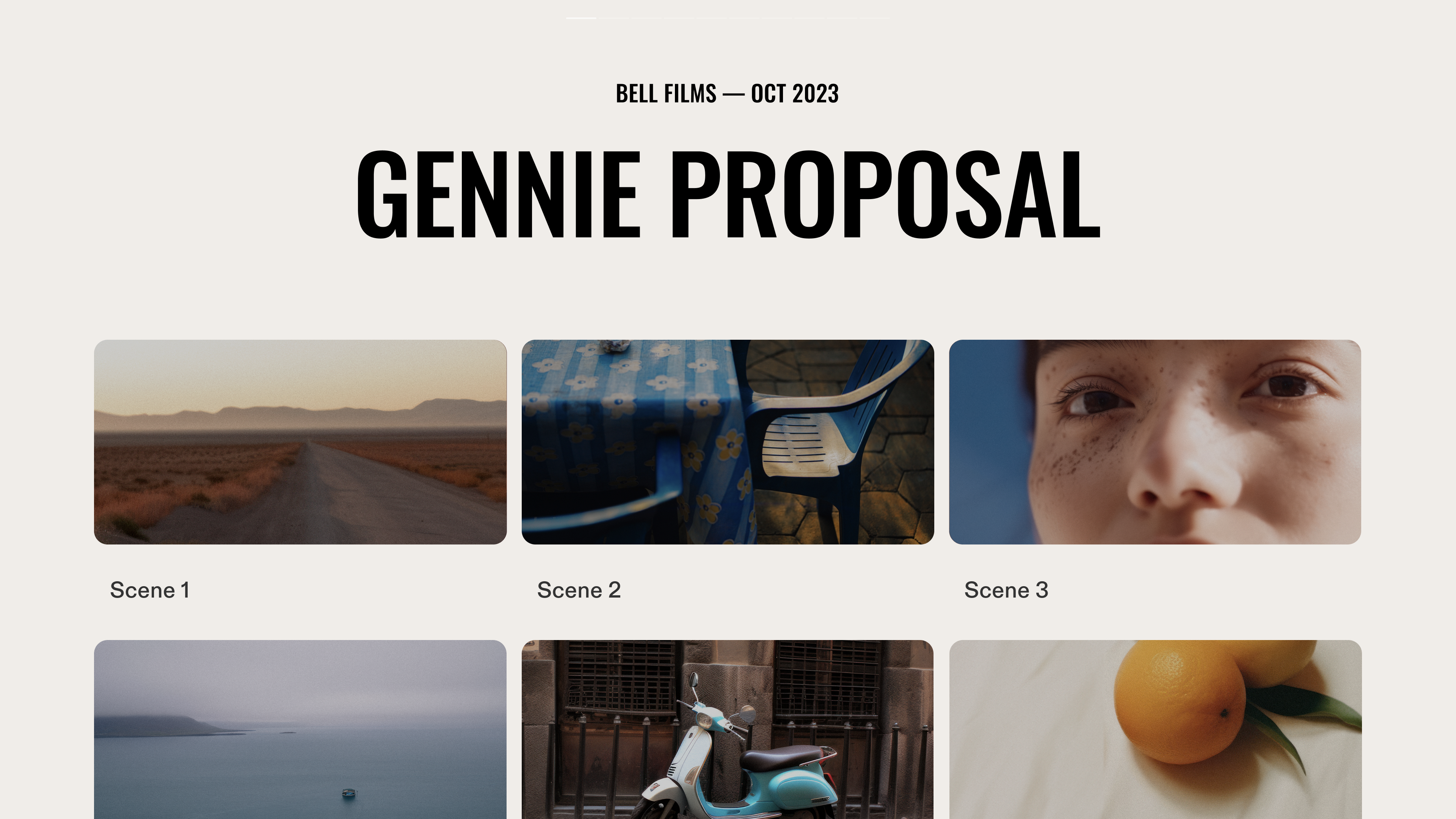
Tome has everything you need to tell your story, faster.
5 Tips for creating a standout interior design portfolio
When it comes time to assemble your portfolio, a few key principles should guide your way. For Josh Greene of New York City’s Josh Greene Design, whose work has graced the pages of The New York Times, Vogue, Elle Décor, and Architectural Digest—and who was recently named as one of the top design firms on AD100—a portfolio contains just as much design consideration as the properties within it.
1. Invest in high-quality photography
“Interior design is a visual business, so the most important asset you can have is beautiful photography,” Greene says. “You really have to build relationships with photographers that you like, and make the effort to get something photographed.”
That might feel easier said than done, but you have to start somewhere: Greene recommends making note of the photographers behind the images that catch your eye in magazines, or on social media. “If there are designers you admire whose style you think might be similar to yours, look for the photographers they’re working with,” he says. “It’s worth the money to work with somebody good.”
2. Show your process in creative ways—especially if you’re just starting out
If you don’t have much professional work to show yet (perhaps you’re an interior design student or just out of school) try to capture what your process would look like. Create mood boards for theoretical properties, and be prepared to speak to choices you’ve made.
“When I was starting out, I photographed my own apartment,” Greene says. “I showed what professional work I had, and then I would create concepts, like ‘Parisian apartment.’ I’d pull specific items—this coffee table, this fabric, this piece of art, this lamp—and I’d make these beautiful mood boards. I remember I had several of those in the back of my portfolio.”
And, Greene adds, it doesn’t have to be limited to spaces you’ve designed. “I hired somebody whose portfolio I loved; she was an architect but she was also a painter. I really liked her paintings, and I thought, ‘Somebody who can paint this way, with this color sensibility, can work in my office.’ There are other ways to show people that you have a creative eye.”
3. Keep graphic design cohesive—and bold
Fonts, logos, and overall design style should be consistent across your website, PDFs, and any other brand collateral, like business cards. And remember: This is not the time to blend in.
“A resume that stands out is creative and has a clear presentation style: You’re asking to work as a creative professional—what you put out in the world should look that way.”


“I’m shocked at how many resumes and portfolios I see where people choose a really basic font,” Greene says. “A resume that stands out is creative and has a clear presentation style: You’re asking to work as a creative professional—what you put out in the world should look that way.”
4. Present the highlights
It’s a good idea to add some context to the projects you highlight, but try not to go overboard with too many details about the client, the setting, the input, or the hurdles you faced. Aim for a tight descriptive sentence per project that gives a sense of the setting and style, and leave the rest for an in-person conversation.
“Every project has crazy little details and things, but that’s what you should be talking about in [an] interview, where you can talk them through those details or answer the questions they have.”
Edit for your strongest images and let them speak for themselves. “Show me the truest reflection of your vision,” says Greene. “You don’t need to include every single image of a project, unless each image is incredible.”
5. Tailor your portfolio to the client
Once you’ve built up a large enough collection of images, portfolios can present an opportunity for curation. “If I’m pitching for a certain type of project, I’ll put together a deck that’s more of that kind of work,” says Greene. “That might include things from my website, things that are under editorial consideration or are not going to be published at all.” From there, he’ll tailor a document that can be shared privately.
Create an interior design portfolio with Tome
Your style is dynamic—and your portfolio design should be, too. Tome’s templates go beyond a standard slide deck format: Choose from flexible page layouts with infinite scroll capabilities and full multimedia support (think time-lapse project videos and voice notes from the field). Brainstorming with clients? Share access for easy collaborations and drop mood boards into your presentation for at-a-glance inspiration—or, use Tome’s generative AI to visualize possibilities with creative prompts.
You may also like...
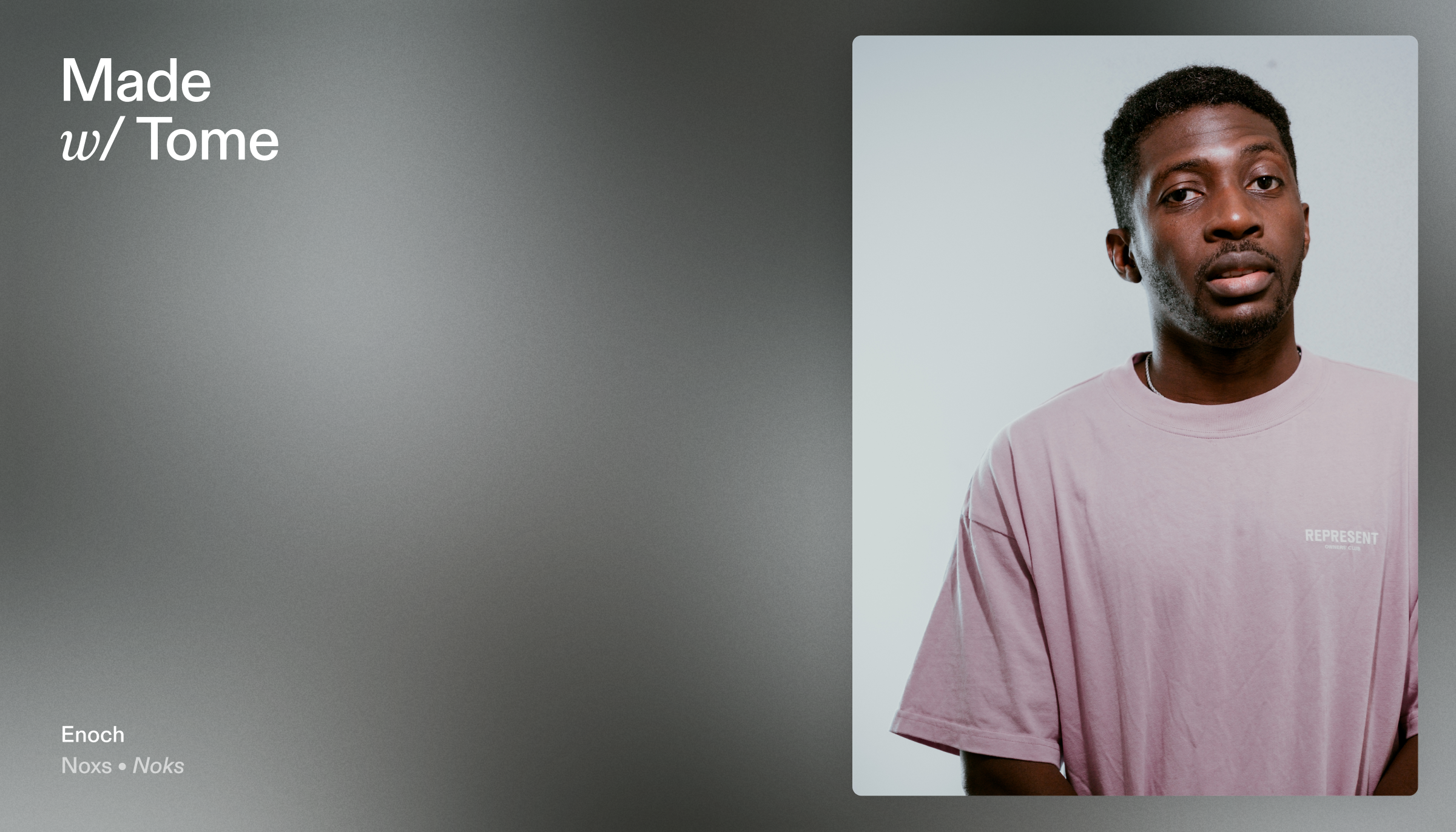
Hear from a musician, producer and composer on how he uses Tome's flexible format to create visual soundscapes.
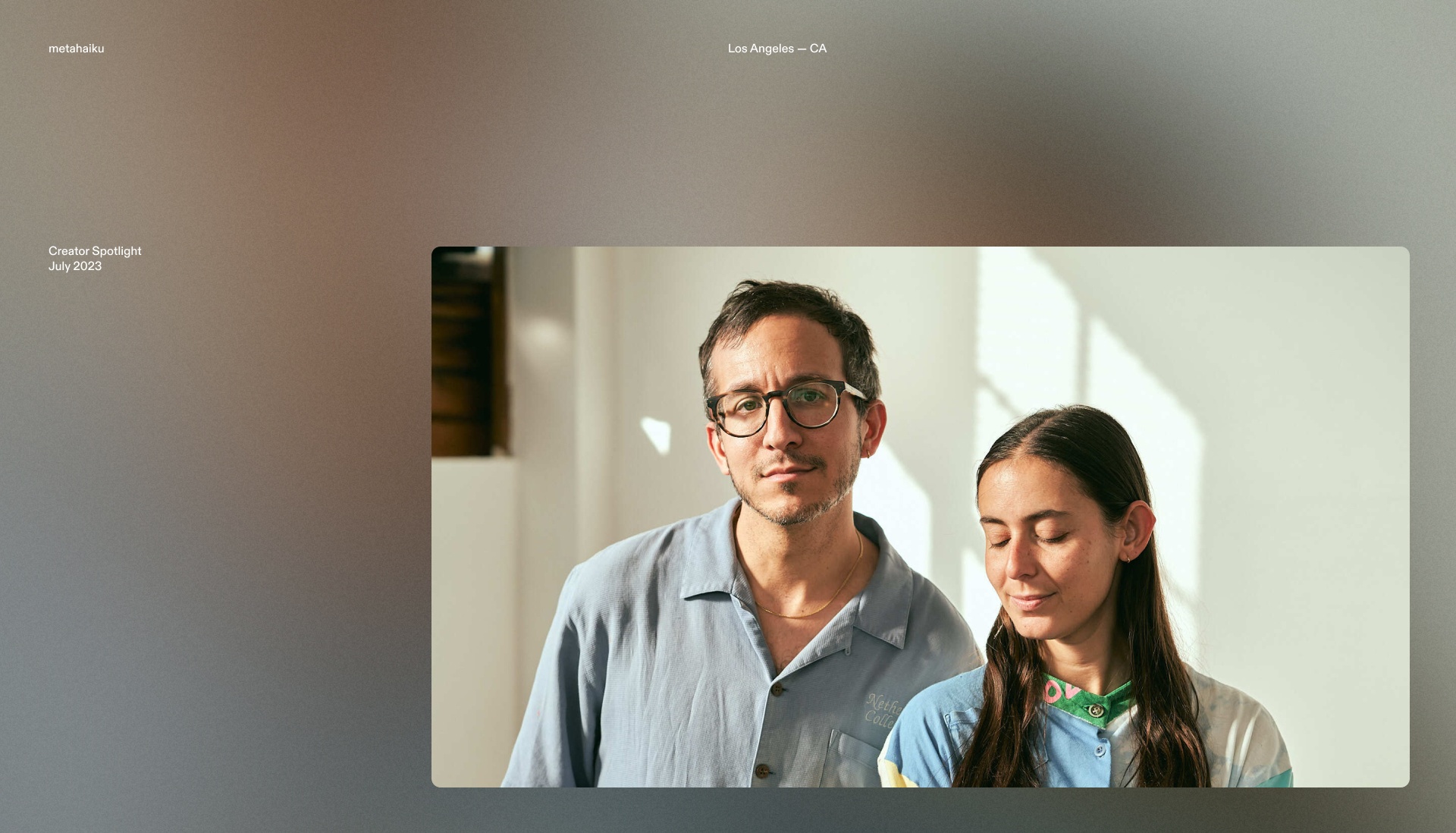
Learn how the founders of a creative studio focused on sustainability get inspired and kickstart their projects with Tome.

